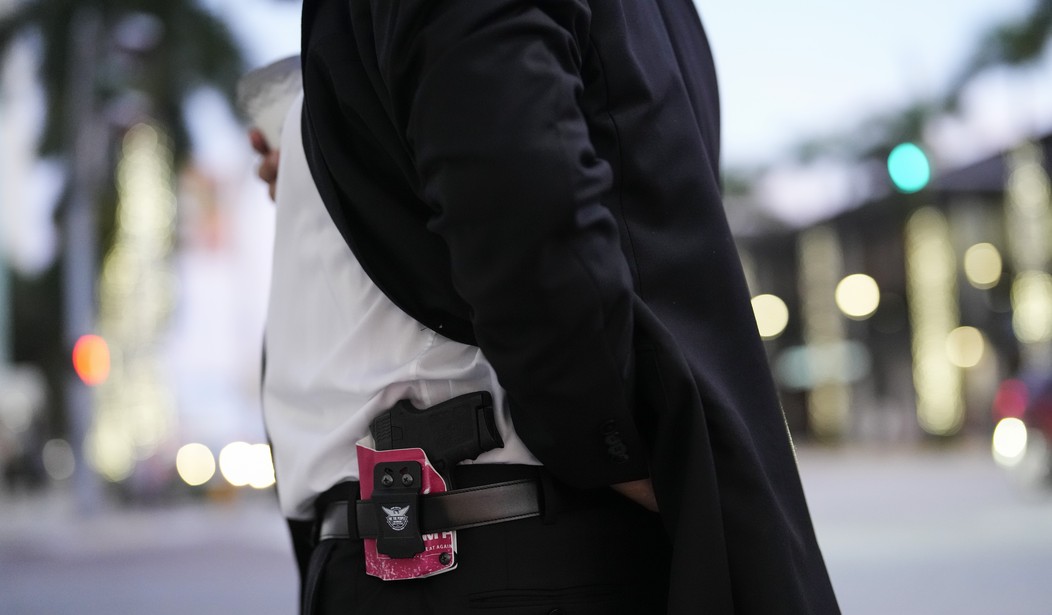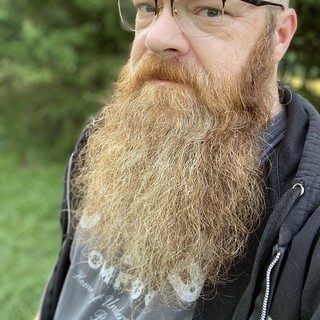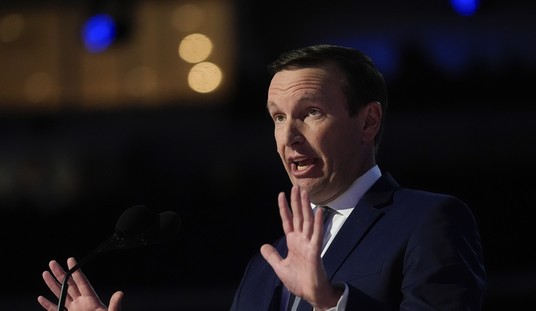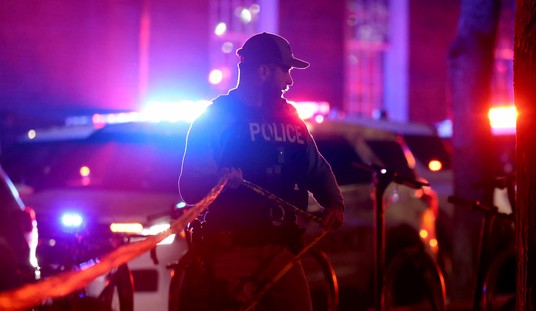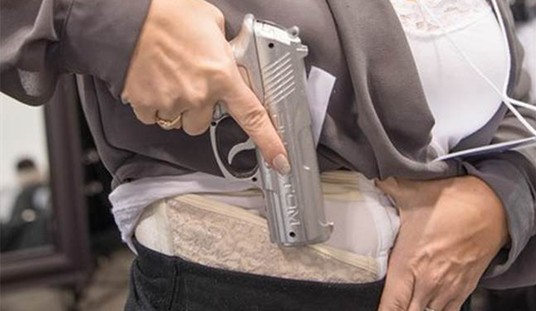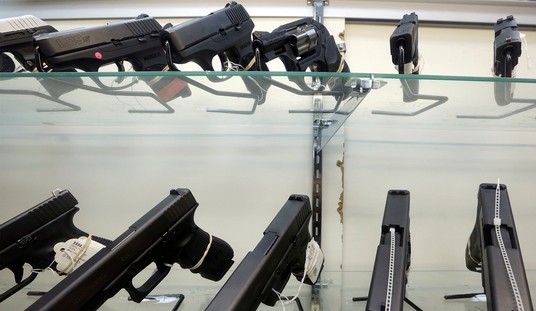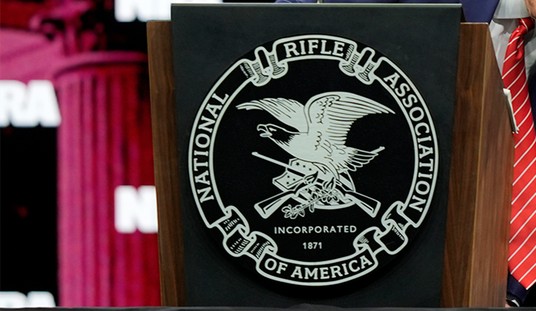A U.S. District Court judge in Connecticut has ruled that the state's ban on lawful concealed carry in its state park system comports with the history and tradition of gun ownership, but the reasoning used to reach that decision opens the door to carry bans in virtually every public space where you might find more than a handful of people.
Judge Victor A. Bolden, an Obama-appointee, largely relied on the Second Circuit's previous decision upholding many of New York's "gun-free zones". In the Antonyuk case, the Second Circuit declared that there's "a national tradition of regulating firearms in often-crowded public squares", including urban parks. That runs contrary to what the Supreme Court said about "sensitive places" in the Bruen decision: "there is no historical basis for New York to effectively declare the island of Manhattan a 'sensitive place' simply because it is crowded and protected generally by the New York City Police Department."
Bolden claims that every inch of Connecticut's park system can fairly be called "crowded", which was enough to uphold their status as "gun-free zones"
The Second Circuit in Antonyuk maintained that New York had proven a "robust" tradition of banning firearms in "public forums and quintessentially crowded spaces," though the evidence seems pretty paltry to me.
New York first cited two 18th century laws in Virginia and North Carolina prohibiting firearms in fairs and markets, though the Virginia law explicitly banned carrying a gun "in terror" of the county. The state also pointed to three Reconstruction-era statutes in Texas, Missouri, and Tennessee prohibiting weapons in places like assemblies for “educational, literary or scientific purposes, or into a ball room, social party or other social gathering" as well as two similar laws adopted by the territorial legislatures in Oklahoma and Arizona.
There were thirteen states at the time of the Founding, and only one of them had a general prohibition on carrying firearms in "fairs and markets." None of the states had prohibitions on carrying guns in all "crowded public spaces". There were 37 states in 1868, and only three of them adopted laws that prohibited the carrying of firearms in places like social gatherings and educational assemblies.
The fact that those legislatures specifically prohibited carrying guns in those locations instead of adopting laws that banned carrying in "crowded public spaces" in general should have been more than enough evidence for the Second Circuit to reach the opposite conclusion: there is no historical tradition of generally banning firearms in every place where you might find a "crowd" (however that term might be defined).
Unfortunately, the Supreme Court declined to take up the Antonyuk case on appeal back in April, so this flawed argument is still controlling in the Second Circuit's jurisdiction. As a result, it's going to cause problems for gun owners in New York, Connecticut, and Vermont until SCOTUS finally addresses the issue of "sensitive places."
The Court has an opportunity to do so this term with Wolford v. Lopez, a case out of the Ninth Circuit that challenges Hawaii's "vampire rule" banning concealed carry on all private property unless property owners explicitly allow it. One of the questions posed to the Court is "Whether the Ninth Circuit erred in solely relying on post-Reconstruction Era and later laws in applying Bruen’s text, history and tradition test in direct conflict with the holdings of the Third, Fifth, Eighth and Eleventh Circuits?"
That doesn't directly strike at the Second Circuit's decision, since the appellate court also cited two laws around the time of the Founding. But if SCOTUS does accept Wolford, it could still be a vehicle to curb the absurd rationale deployed by various courts to uphold "gun-free zones", including the notion that there was and is a national tradition of prohibiting lawful gun carrying in "crowded public spaces."
The Wolford case was distributed for the Court's September 29 conference, but I'd say it will probably be mid-October at the earliest before we learn whether or not there are four justices willing to grant cert. And given how long it took SCOTUS to deny cert in the Snope case last term, we could be waiting for some time before that decision is made.

